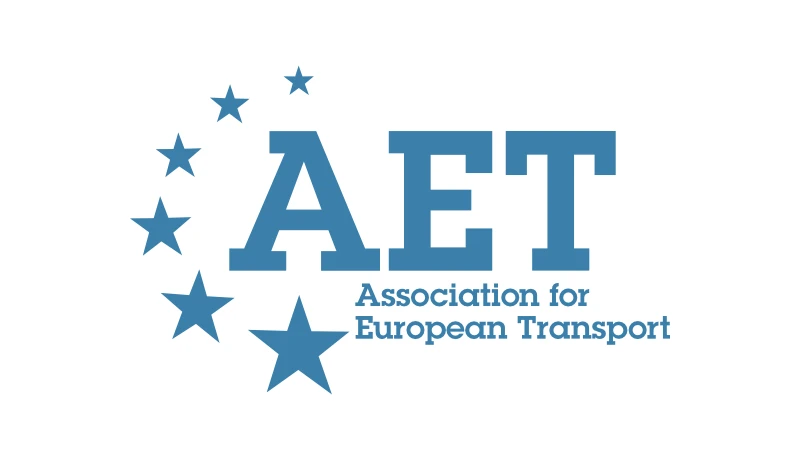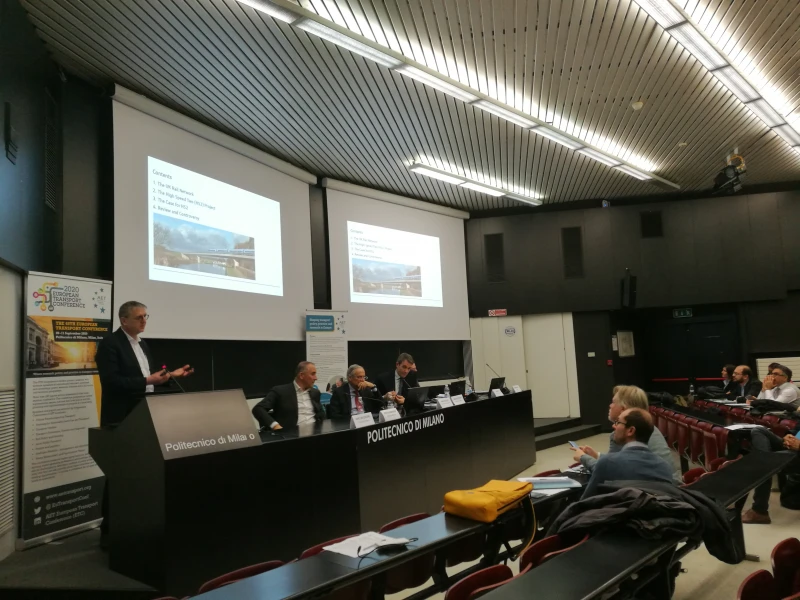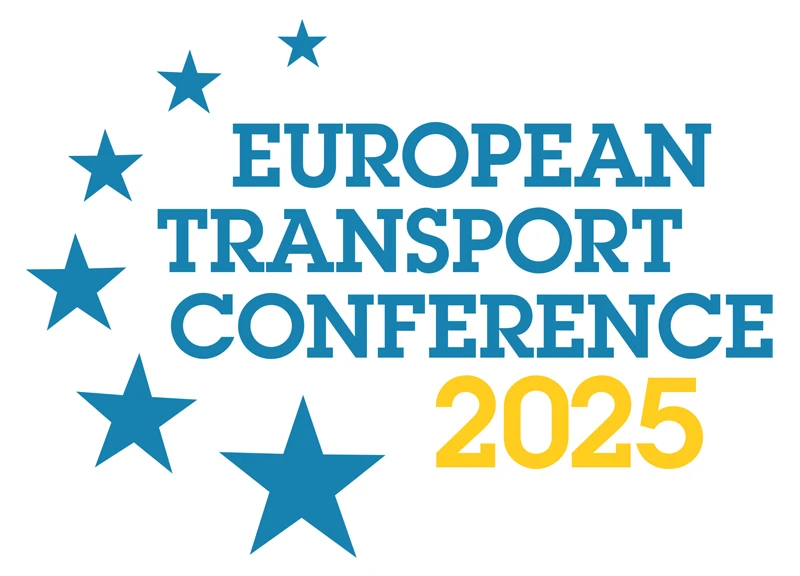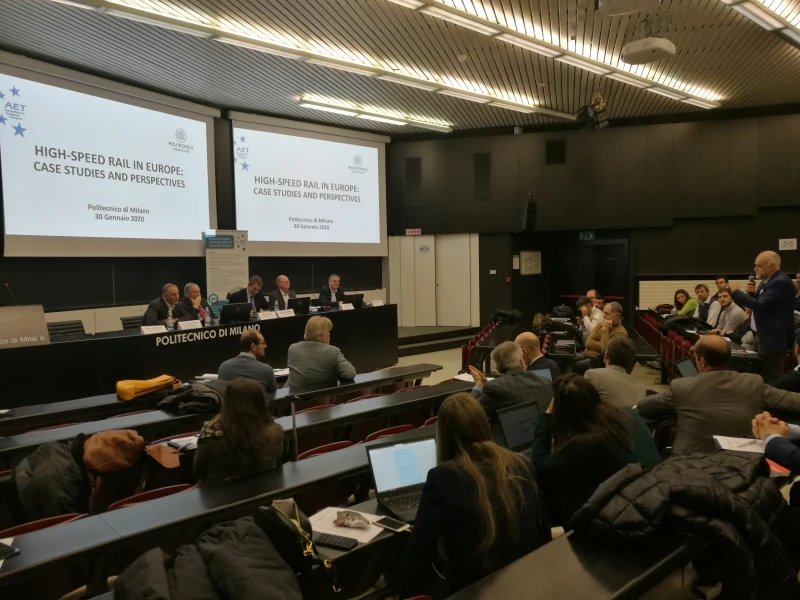-
Past ETC Papers
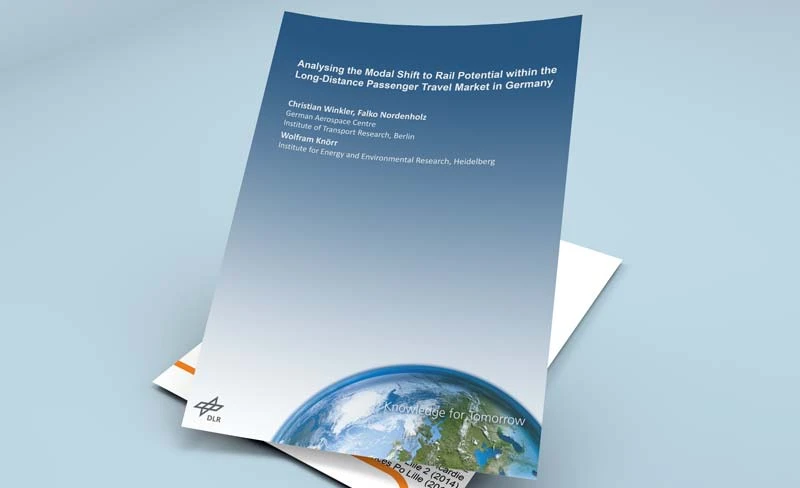
Browse, search and view papers from the past AET Conferences.
-
Members' Area
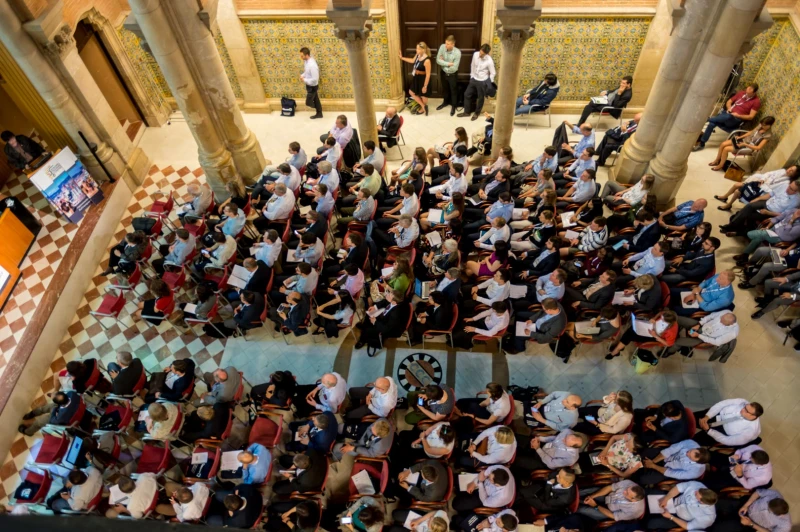
AET promotes networking and exchange of ideas, information and opportunities amongst members.
Conference Papers 2002
Cambridge, United Kingdom
ETC Conference Papers 2002
A mesoscopic model for evaluating performance of signalised intersections
Seminar
Day 2 (10 Sep 2002), Making Better Use of the Network, Signalised Junctions, 19:00 - 22:00
Status
Accepted, documents submitted
Authors
G Bernetti, R Camus and G Longo, University of Trieste, IT
Abstract
The paper focuses on evaluating the performance of signal-controlled junctions. Performance could be mainly estimated through the computation of queues and delays suffered by vehicles. Delay is a complex measure and is dependent upon a number of variables, including the quality of progression, thecycle length, the green ratio allocated to vehicles, the volume/capacity ratio for the lane groups and so on. In particular it is analysed so as to determine the level of service (L.O.S.) of the whole intersection and of any single approach to the node.
The Highway Capacity Manual offers a method which allows the computing of the L.O.S. in the case of elementary intersections, but it is not suitable in the case of signalised multi-junction nodes or in the case of all the networks where distances between successive signals are limited.
The problem could be faced with the well known methods developed for wide networks, but they oftenshow some limits (e.g. the TRANSYT model can evaluate the total delay and the performance of each single signal, but it is not able to evaluate the aggregated level of service of each approach to the network). This fact suggests the implementation of a specific method for this kind of networks.
The paper presents a mesoscopic model where flows are described in terms of platoons of vehicles moving from signal to signal. Each platoon is identified by few elements and its behaviour depends on the signal plan and on interactions with other platoons. The model does not take into consideration any dispersion of platoons through links of the node. This assumption holds due to the reduced distances involved.
The model uses geometric constructions based on events modifying the system. It preserves informationrelated to platoons crossing the node. Thus we can recognise stops and delays suffered by each platoon and an aggregate evaluation of each approach is then possible.
The model is applied to a case study and it is validated by a comparison with the TRANSYT model. Some elements are pointed out, which make the proposed model more suitable to evaluate delays and the Level of Service. In fact the TRANSYT model presents certain limits in the analysis, because of the loss of information about origin and destination of platoons along the network. So it is impossible to evaluate delay suffered by vehicles divided by Origin and Destination.
Documents:
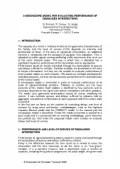
Association For
European Transport
Forester House
Doctors Lane
Henley-in-Arden
Warwickshire, UK
B95 5AW
+44 (0) 15 64 793552
VAT number: 710 1866 64
Conference Supporters & Endorsers




Legal Entity
The Association for European Transport is registered as an Association ('vereniging') with the Chamber of Commerce for Haaglanden in The Netherlands under company number 27170096.
Built on Zenario

